Author: Anne Skyvington
-
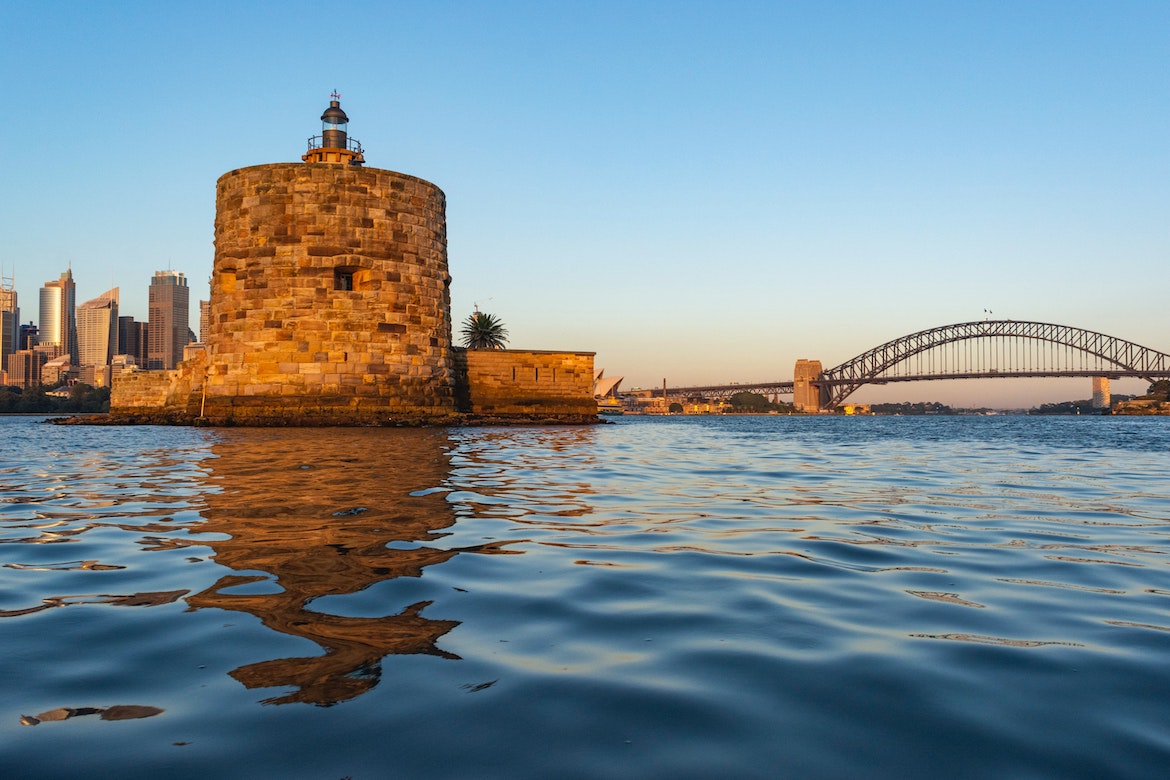
The Pandemic Down Under
Coronavirus (COVID-19) SARS-CoV-2, The Australian Government is managing the COVID–19 outbreak in Australia as a health emergency. A glossary of terms in daily use in the media in Australia in response to this virus tells the story of how it is managed here. The Main Goal: To keep the numbers of infections and deaths as…
-
Write about what you know … 3 authors who recently did just that!
Three colleagues who assisted me in getting my writing off the ground, have just published new works: Dina Davis with A Dangerous Daughter (Cilento Publishing), who avoided lockdown and actually had a book launch in Darwin recently; Helene Grover missed out by a hair’s breadth to publicly launch her memoir, Sometimes the Music (Cilento Publishing),…
-
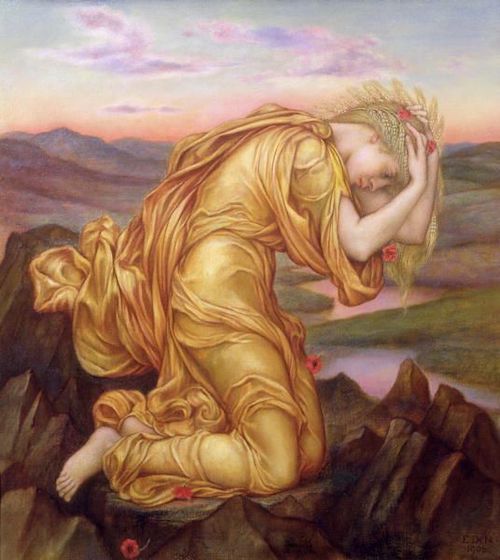
Revisiting Persephone in the Underworld
My Links to the Myth I have for a long while been drawn to the archetype of Persephone, who must descend into the underworld for half the year. My connection is linked to a long-term personal wish and desire for growth and change through psychological means. Personal attraction to an archetype is like an urgent…
-
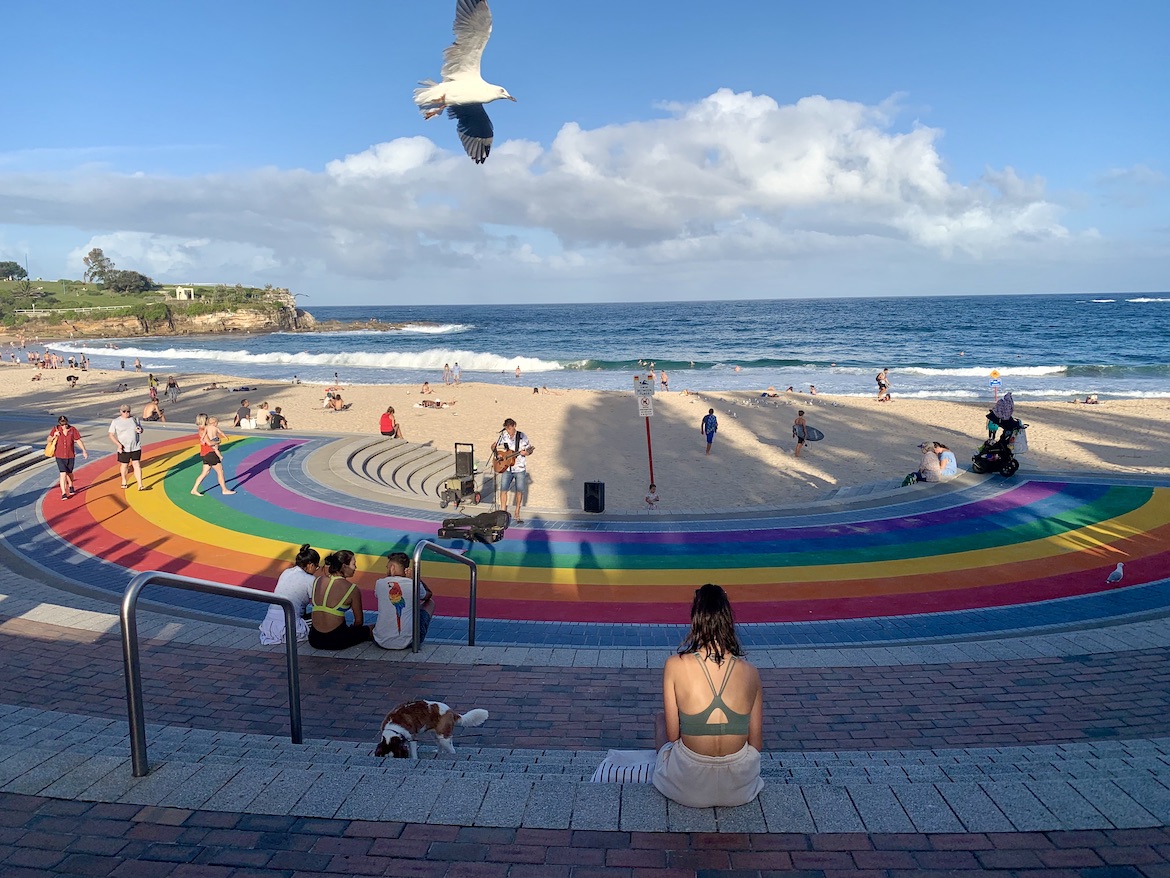
Swimming Pools and Happenings in Coogee
The Mardi Gras festival for the Gay and Lesbian community (LGBTQ) occurred as usual in March, within stricter guidelines than in the past, because of Covid. Randwick Council showed great initiative in promoting a rainbow coloured walkway on the steps at Coogee Beach. It brightens up the area and makes a statement about supporting stigmatised…
-
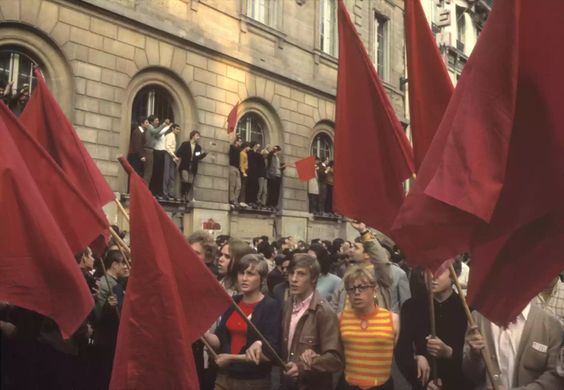
The Night of the Barricades
I open my eyes onto a strange world into which I’ve stumbled as if by chance. All is new and filled with an alien radiance, muted colours, greys yet beautiful. Hippies are twanging their guitars along the Seine. Flower sellers and precious bookstall owners hawk their wares along the promenades above. The ancient cobblestones conceal…
-

A Useful Site for Readers and Indie Authors: Books 2 Read
Click on the following links: Karrana: https://books2read.com/b/3GeoKL Writing a Novel: https://books2read.com/u/m2r6Nj How does Books2Read work? Books2Read is an author site featuring book discovery tools developed by indie-publishing service Draft2Digital. We’re 100% indie and 100% awesome at finding books that will make you happy. Books2Read will help you keep track of your favorite indie authors’ new…
-
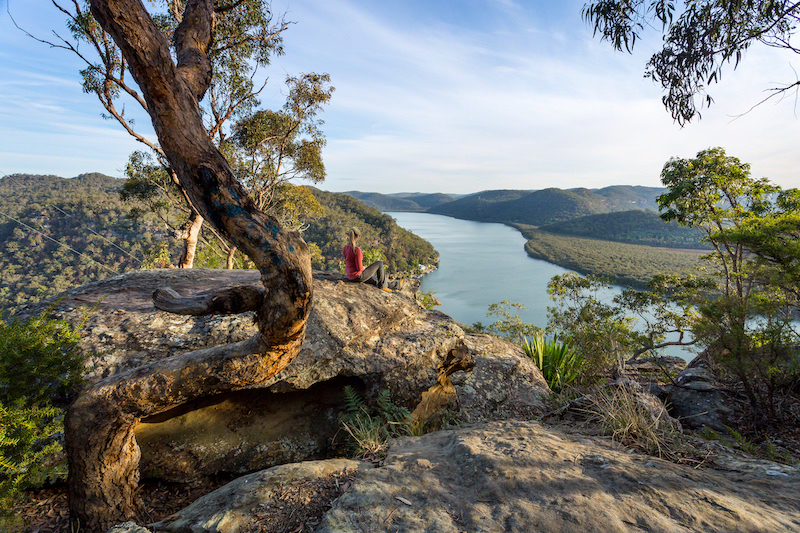
How I Created My Debut Novel
The Story of the Novel Those in the know say Write about what you know. This could be my parents’ love story, with the boring bits left out. My story takes place in a raw and natural setting called Karrana, where a stunningly attractive young woman is ready to break out of her universe and…
-
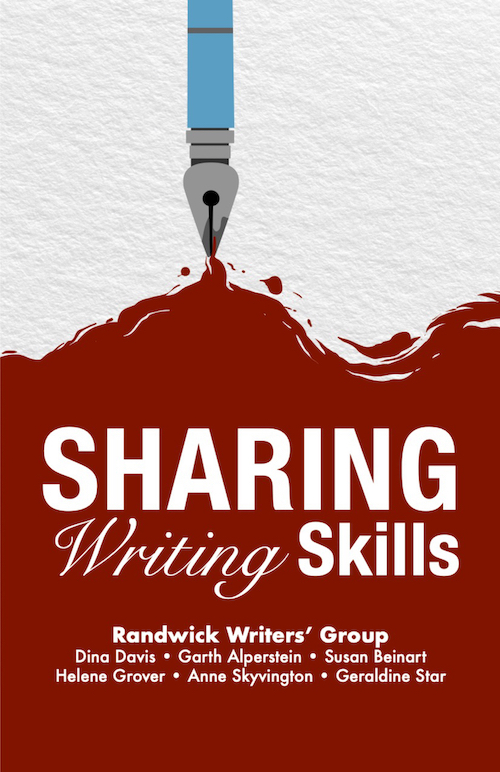
Randwick Writers’ Group: Sharing Writing Skills
A book about writing groups Joining a writing group is very popular these days, at least in Anglo speaking countries. There are many different types of writing groups, just as there are various types of writers. Some writers simply wish to record memories for their family, children and friends to read. Writing correctly and clearly…
-

5 Further Publishing Facts
NIELSEN BOOKSCAN In December 2000 the situation for publishers began to change a little with the establishment of Nielsen BookScan, a local affiliate of US polling company A.C. Nielsen. Nielsen tracks book sales by barcode from around eighty-five per cent of all retail outlets selling books in Australia. Its main customers are publishing houses which,…